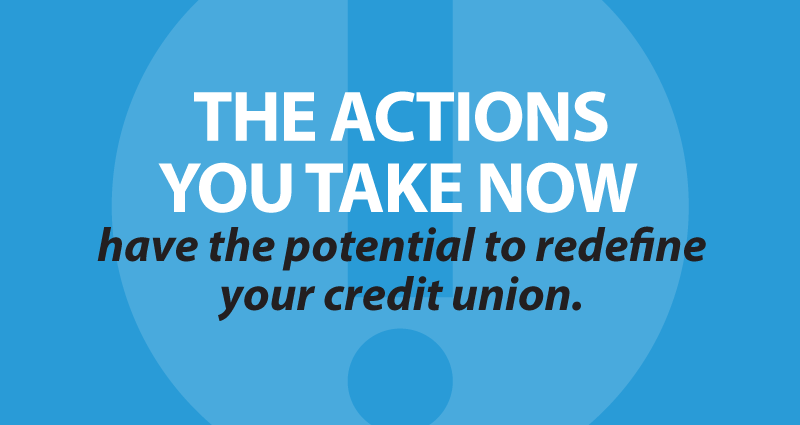
How is a credit union supposed to respond to current events?
I know that most credit union CEOs and Boards typically don’t worry about current events. They don’t see the need to risk offending anyone, especially older members.
But now is not the time to be quiet.
The death of George Floyd has catalyzed the Black Lives Matter movement, at a time when people – especially working people and poor people – and businesses are still reeling from the COVID-19 pandemic. Trust in the police varies greatly across generations, and only 5% of Gen Z think that the world is a fair place.
These issues are not going away any time soon, and how you respond today will affect how your credit union is perceived by the members you need to stay viable in the future.
And yes, equality is a credit union issue. Equality, access, and opportunity are exactly what credit unions are all about. CUs are founded on the cooperative principles of community and trust, and their greatest strength has always been their members banding together to solve problems.
Your members are watching.
Today, people are paying attention – especially younger people – to what every organization says they stand for and what they do.
Research has shown that over 80% of Gen Z agree that racism is a major problem, and say that the Black Lives Matter protests made them more aware of race-related issues in America. 88% of Gen Z now have a better understanding that Black Americans have been treated differently.
This awareness is translating into holding brands accountable as well. 67% of Gen Z say how companies reacted to the Black Lives Matter movement will make a difference when deciding whether to apply for a job with that company, or whether they will even buy from them in the future.
And it isn’t just young adults that feel this way. Over half of ALL adults agree with Gen Z on these positions about brands and companies. This isn’t just a young person thing.
Where do you start?
So what does this mean for your credit union? What should you do? Sorry, it’s impossible to give a one-size-fits-all response. Every credit union is different.
One of the things we love most about working with credit unions is the incredible range and diversity of people and perspectives.
And that’s your biggest strength. Credit unions in general are doing a fantastic job of fulfilling their missions to help all their members build better lives.
But every credit union can always do better for their members and their communities.
Ask the hard questions.
Let’s face it, racial bias and economic inequality are real and pervasive. Do you have a clear understanding of how that affects your members right now?
Many credit unions will need to stop and ask their members and communities some difficult questions, and pay close attention to the answers.
Are you truly listening to and serving everyone? Does everyone have a voice?
Then look inside.
Every CU needs to examine their record, leadership, operations, and policies carefully to consider and correct the impacts of bias. Credit unions have a lot to be proud of, but there’s a lot that can be done, too.
To give just one example, CU Boards tend to contain older members who are a bit more financially secure. But “wealth influences whether or not someone’s voice is heard”.
If “older and comfortable” describes everyone on your Board and management team, then they may need help understanding the life experiences of younger and less secure people – the ones who need the CU the most.
Take action, get creative, stay transparent.
Every CU and their members will have to figure out for themselves what concrete actions they will take. That’s going to take time, and it’s going to be very different in every CU and every community.
You’ll need to ask your members for help. Get their input, even from members you don’t usually listen to. Take it seriously, and (here’s the hard part) start making immediate, real, and substantive changes where needed. Stay transparent. Tell your members what’s going on, and get them involved and empowered.
Every CU will need to figure out what they can do in and for their communities. The needs and the mix of responses are going to be different everywhere. And in many cases, it’ll grow from the causes they’re working with right now.
Lip service is not an option.
Simply posting a platitude on social media isn’t going to help much, but creating and releasing a public statement of support can be a good first step and a way to build consensus internally. You just need to back it up if you want the public to believe it.
Your current and future members are watching. Give them a credit union they can believe in.
- Why your CU really needs an intranet - February 19, 2025
- Are you scared yet? - October 22, 2024
- OMG! Who really IS our competition?!? - September 24, 2024
